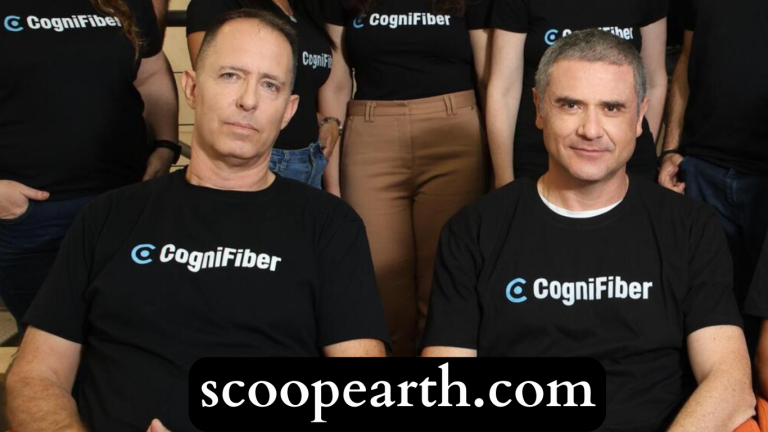CogniFiber was established in 2018 by Dr. Eyal Cohen (who has worked at Mellanox, Saifun, and Oren Semiconductor) and Professor Zeev Zalevsky, a prominent entrepreneur and expert in optics. CogniFiber wants to change data processing through Artificial Intelligence using light. We are disscusing about CogniFiber raises $5 million to develop processors that perform AI tasks 1,000 times faster than Nvidia.
DeepLight Processors
CogniFiber is currently working on creating DeepLight processors that use multi-core optical fibers. These processors perform computations at the speed of light as data travel through fiber, thereby enhancing computing speed during AI inferencing. Notably, they accomplish this by using less than 1% of the power consumption of conventional processors.
Impressive Performance
During an IRIS classification test, CogniFiber’s technology completed 100 million tasks per second, 1,000 times more than NVIDIA’s 100A processor for just one network instance. All this with an energy consumption of just 180 Watts! CogniFiber aims to develop a photonic supercomputer with a maximum of 50 exaflops as power, using no more than 5 kW by 2027.
CogniFiber’s technology impact on energy efficiency
CogniFiber is more energy efficient than traditional systems, using multi-core optical fibers for AI computations. Its DeepLight processors transmit data at the speed of light within optical fibers, which leads to significantly quicker AI inference than with regular processors, up to 16 times.
However, it should be noted that using CogniFiber’s technology, the firm can access blazing speeds while using only about 1% of the power usually required to run standard computer processors. It also has a very high performance-to-power consumption ratio. The company was founded to develop a photonic supercomputer with a computation power of up to 50 exaflops using less than five kilowatts of energy. This could be a game changer in AI processing as it will improve the efficiency and sustainability of the processing units.
CogniFiber’s technology, compared to other optical computing approaches
CogniFiber’s approach involves direct analog neuromorphic photonic computing by harnessing optical fibers. In contrast to conventional processors, which include bottlenecks, CogniFiber’s technology processes data with a speed of light that depends on the input clock only. In benchmark tests, CogniFiber’s system completed 100 million tasks per second, which is one thousand times faster than NVIDIA’s DGX A100 and Lightmatter’s Envise Server. Notably, it achieves this with efficiency in terms of power, doing 350,000 tasks per watt.
However, CogniFiber has a solution that has similar power and occupies much less space. It runs at the average environmental temperature and does not require cooling for data centers and associated costs. Combined with its extensive data processing capabilities, CogniFiber empowers corporations to integrate AI & Machine Learning at the network interface layer. CogniFiber’s photonic processors are ready to transform the field of artificial intelligence computation, leaving Moore’s law behind it.
Conclusion
DeepLight processors from CogniFiber have yet to redefine the future of Artificial Intelligence. CogniFiber’s photonic supercomputer may complement or integrate into traditional silicon-based computers that are inefficient in performing AI tasks.










